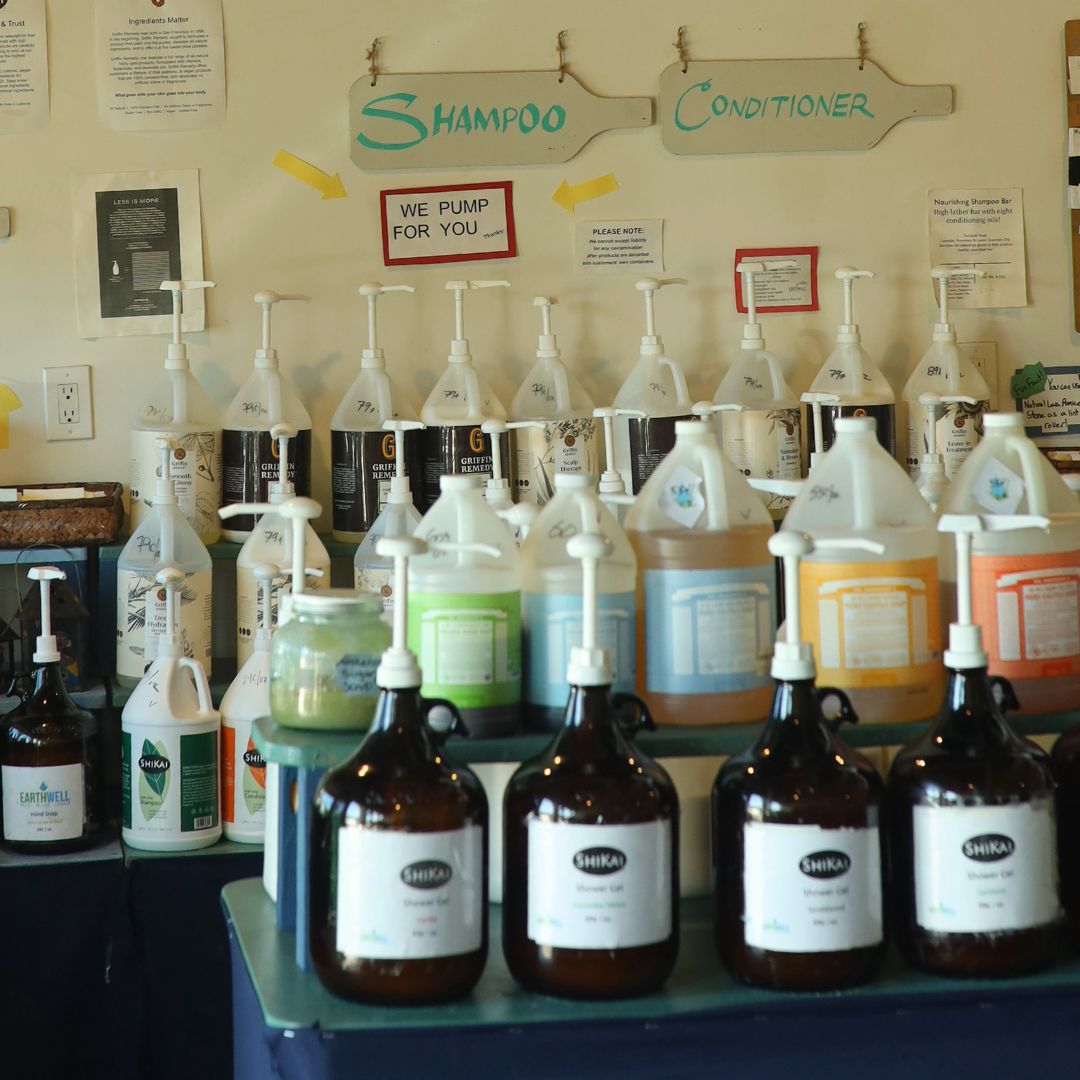By Kathy Melanese, Principal at Rancho de la Nación Elementary School in National City, California and Ocean Connectors Advisory Board Member. Photos by Anna Mar.

As I enter the fifth grade classroom, I observe 30 students quickly jotting facts about the ocean environment in their Ocean Connectors notebooks. The lesson continues with a video showing the migration of gray whales and how climate patterns have changed over time. I notice 30 students completely engaged with the content of the lesson, and when the video ends, there are lots of hands raised to share their thoughts and opinions about what they just saw.
 This vignette is but one aspect of the Ocean Connectors programs for fourth through sixth grade students in National School District (NSD). Besides classroom lessons, the heart and biggest impact of Ocean Connectors happens when students go on a field experience that connects what they have been learning in the classroom to the actual ocean environment. “I like Ocean Connectors because it teaches us about animals and it takes you on field trips to see animals you couldn’t see” (Amaya, 5th grade). The field trip takes the learning to a new level as students experience firsthand the content they have learned about in the classroom. “Ocean Connectors is very helpful to learn about the sea creatures and we go on field trips to learn more” (Adrian, 5th grade). For many Rancho students, this is the first time they will see the ocean through the lens of protecting the environment. They are able to start envisioning and understanding why we need to care for our oceans. “Ocean Connectors is a program that lets us know more about animals and how to keep them safe from trash or other things that would make them extinct” (Lizeth, 6th grade). This is the strength of Ocean Connectors – providing a rich curriculum and experiences that lead to long-term changes in students’ beliefs and actions related to the environment.
This vignette is but one aspect of the Ocean Connectors programs for fourth through sixth grade students in National School District (NSD). Besides classroom lessons, the heart and biggest impact of Ocean Connectors happens when students go on a field experience that connects what they have been learning in the classroom to the actual ocean environment. “I like Ocean Connectors because it teaches us about animals and it takes you on field trips to see animals you couldn’t see” (Amaya, 5th grade). The field trip takes the learning to a new level as students experience firsthand the content they have learned about in the classroom. “Ocean Connectors is very helpful to learn about the sea creatures and we go on field trips to learn more” (Adrian, 5th grade). For many Rancho students, this is the first time they will see the ocean through the lens of protecting the environment. They are able to start envisioning and understanding why we need to care for our oceans. “Ocean Connectors is a program that lets us know more about animals and how to keep them safe from trash or other things that would make them extinct” (Lizeth, 6th grade). This is the strength of Ocean Connectors – providing a rich curriculum and experiences that lead to long-term changes in students’ beliefs and actions related to the environment.
 Ocean Connectors has been a part of the NSD curriculum since 2007, and has been focusing just on NSD schools since 2012. Students are consistently excited and encouraged by the programs that teach them to be stewards of their environment. At Rancho, students understand that they are responsible for the changes in our planet. They want to take care of the Earth and its oceans because they realize what will happen if they don’t. “I learned how to protect animals that are endangered. On the field trips, they taught us that, and we got to see it for ourselves. They teach us how to pick up trash for the animals that think it’s food” (Malaya, 6th grade). Many students are conscientious about the trash they leave behind and are avid recyclers because they now know it is good for the environment.
Ocean Connectors has been a part of the NSD curriculum since 2007, and has been focusing just on NSD schools since 2012. Students are consistently excited and encouraged by the programs that teach them to be stewards of their environment. At Rancho, students understand that they are responsible for the changes in our planet. They want to take care of the Earth and its oceans because they realize what will happen if they don’t. “I learned how to protect animals that are endangered. On the field trips, they taught us that, and we got to see it for ourselves. They teach us how to pick up trash for the animals that think it’s food” (Malaya, 6th grade). Many students are conscientious about the trash they leave behind and are avid recyclers because they now know it is good for the environment.
As a Principal who has witnessed the impact of these programs firsthand, I’m excited about the future of our planet and the oceans thanks to the knowledge and passion our students have gained as a result of their participation in Ocean Connectors!



